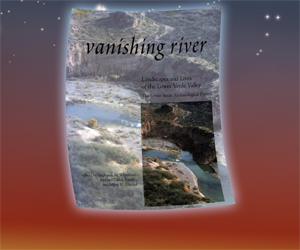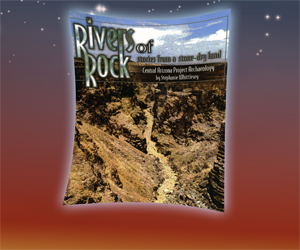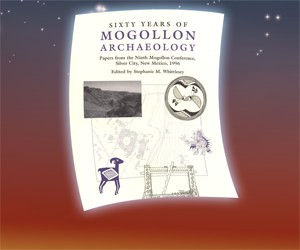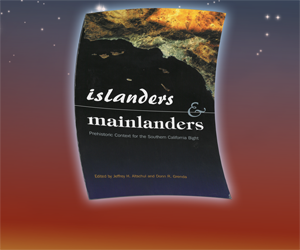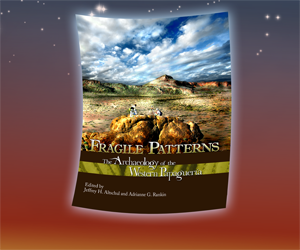The State Route 188–Cottonwood Creek Project: The Sedentary to Classic Period Transition in Tonto Basin, Volume 3
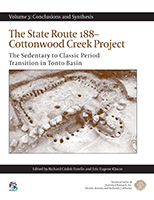
Edited by Richard Ciolek-Torello and Eric Eugene Klucas
Technical Series 78, Volume 3
490 pp. / 2017
The Sedentary to Classic Period Transition in Tonto Basin presents the results of a two-phase data recovery program conducted by Statistical Research, Inc., on the eastern slopes of the Mazatzal Mountains at the boundary of the upper and lower Tonto Basins in central Arizona. The project involved nine prehistoric sites and segments of the historical-period Globe-Payson Highway located along a 3.8-mile segment of State Route 188 near Jakes Corner. The investigations were undertaken under contract with the Arizona Department of Transportation. The prehistoric sites include two limited-activity sites located along Hardt Creek near Jakes Corner, an early Classic period field house overlooking Gold Creek, and six late Sedentary–early Classic period sites near Cottonwood Creek. The latter include two small early Classic period compounds overlying smaller Sedentary period settlements.
The Sedentary to Classic period transition, a watershed event in the prehistory of Tonto Basin, has been the subject of considerable controversy for over a half century. Early investigators had argued that this transition was a time when Hohokam colonists abandoned Tonto Basin, leaving a cultural vacuum that was subsequently filled by groups who migrated from the Mogollon Rim and created a distinct Puebloan-related culture they called the Salado. Later investigators rejected the notion of a cultural hiatus and argued for direct continuity between the pre-Classic period Hohokam and Classic period Salado cultures. Still others have suggested that Tonto Basin was an area of cultural interaction between the three major cultures of the Southwest. The variable influences of the Hohokam, Mogollon, and Anasazi were manifested in architecture, ceramics, and mortuary practices at different times and in different places within the basin. The variety of chronologies, time periods, and phases developed for Tonto Basin reflect this debate.
The State Route 188–Cottonwood Creek Project provides important new information about chronology and cultural relations during this pivotal time in Tonto Basin prehistory. In this third and final volume, we present project syntheses and conclusions. We begin with a summary of the results of excavations at the project sites and others in the vicinity and briefly review the culture history, historic contexts, and project research questions. This introduction is followed by discussion of chronological data and presentation of a new regional chronology developed from a region-wide database. Also included is a ceramic-vessel functional analysis of project ceramics within the context of an ethnographic-based model and a synthesis of regional ethnobotanical, faunal, and other subsistence-related data to examine Formative period agricultural and hunting practices in upland and lowland desert regions of central Arizona. Chapters on the use of regional mortuary data provide different perspectives on issues of social complexity and ethnicity in the pre-Classic and Classic periods in central Arizona. The volume is completed with a final review of Tonto Basin prehistory focusing on the pre-Classic to Classic period transition in Tonto Basin and appendixes that provide compendia of chronometric and mortuary data used in this volume.
For Volume 1, click here.
For Volume 2, click here.

